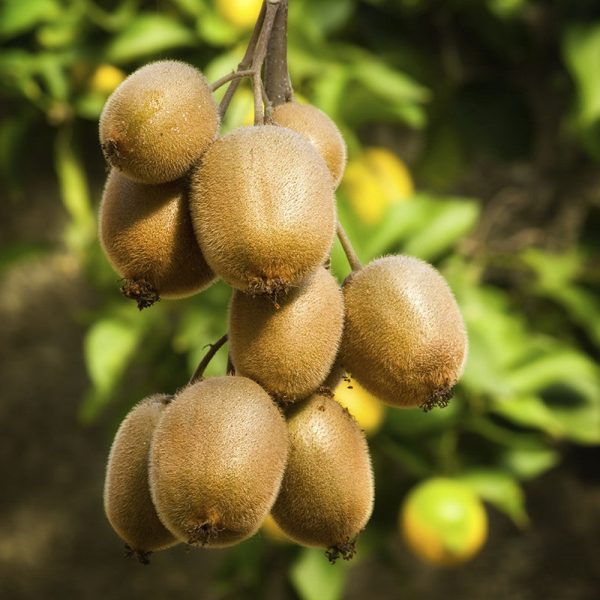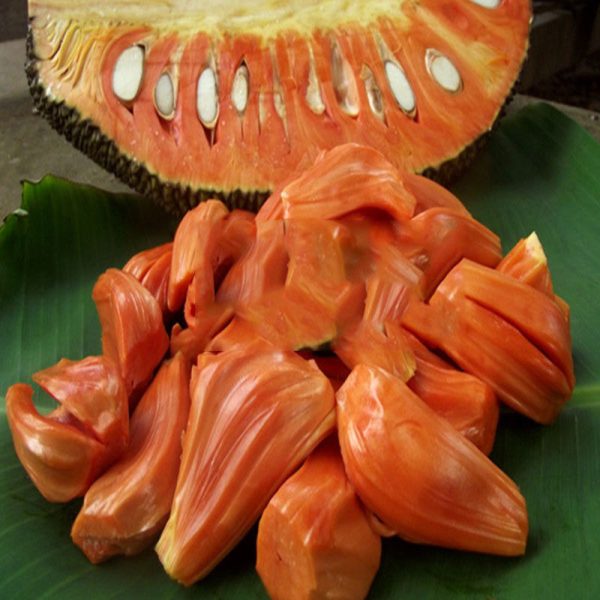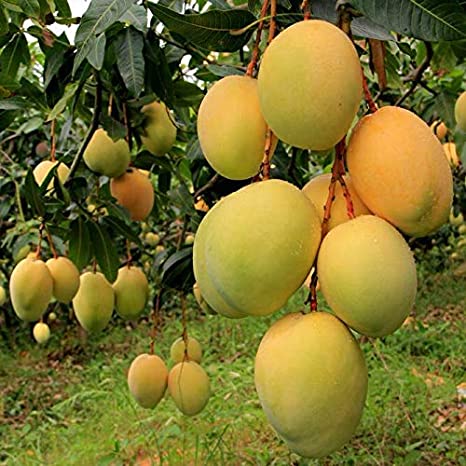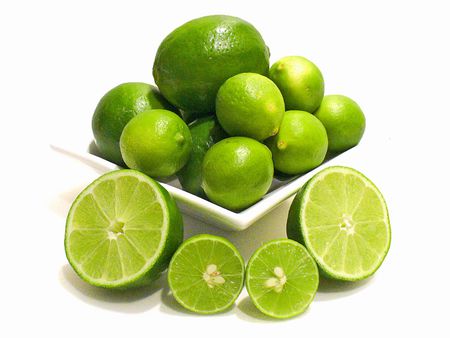What Is a Date Palm?
Date palms are trees belonging to the Arecaceae genus that bears sweet, pitted fruits called dates. The date palm tree is native to parts of the Middle East like Saudi Arabia, Iran, and Iraq. These trees thrive in warm climates, and today they are grown in the Canary Islands, Mexico, and in the US states of California, Florida, and Arizona. Date palms are unique because they are either male or female plants, and they will need to cross-pollinate in order to bear fruit.
Meet One of Your New Instructors
6 Varieties of Dates
You can use the seeds from any variety of date to start a date palm tree. Here are five of the most common dates that you might see in the supermarket.
- 1. Medjool: The Medjool date is the most commonly sold date in the US. They are large and juicy with a maple flavor that makes them great for cooking and baking.
- 2. Deglet Noor: Deglet Noor dates are the second most commonly available date in the US. They have a subtler flavor than Medjools with a slightly nutty taste.
- 3. Barhi: Sweet Bahri dates are typically enjoyed as snacks or desserts and are popularly grown in Southern California. They’re very delicate which makes them difficult to cook with.
- 4. Halawi: Halawi dates are small fruits that have a buttery caramel flavor.
- 5. Mazafati: Mazafati are medium-sized dates with a sweet taste and a soft, fleshy texture.
- 6. Kadrawi: Kadrawi dates have a syrupy taste and a gooey texture, making them a popular choice for baking.
When to Plant a Date Palm
Date palm trees are native to the Mediterranean region and thrive in warm dry or humid climates. It does best in USDA hardiness zones 8–11 and requires full sun. They may take up to four years to mature, but they typically bloom in late winter or early spring. If you live in a climate with a cold winter, it’s advisable to plant your date palm in a container so that you can move it inside when the winter comes.
How to Grow a Date Palm
Here is an overview of how to plant a date palm inside your very own home.
- 1. Collect date seeds. You can use the pits from any fresh dates bought from the grocery store to grow a flourishing date palm. Make sure to buy dates that haven’t been pitted. Remove the seeds from the fruit, and wash them to remove any excess fruit particles. Soak them in a bowl of cool water for 48 hours. Change the water once a day while you’re soaking. If any seeds float to the top, discard them.
- 2. Germinate your seeds. You will need to germinate your seeds before you plant them in any soil. Fold a damp paper towel around one of your seeds and seal it in a sandwich bag. Leave the seed bag in a warm dark place for 6 to 8 weeks. Every two weeks, check the seed and replace the paper if it is growing any mold.
- 3. Pot your seedling in the proper container. After 6 to 8 weeks your seeds should have small sprouts, which means that they are ready to plant. Fill a medium-sized pot with well-draining sandy soil. You can always use a palm soil mixture from the nursery. Plant your seed about one inch beneath the lid of the pot, then cover the seed with a layer of sand so that your sprout is above the soil. Only plant one seed at a time. Your palm tree will likely take a long time to grow into a tree (potentially up to four years) but patience and regular care can pay off.
5 Care Tips for a Date Palm Tree
Your date palm may take a few years to grow into a tree. Before it becomes a fruit-bearing palm, you will need to follow these tips to take care of your date tree.
- 1. Keep your plant in full sun. Place the pot with your date palm seedling in a warm spot that gets plenty of direct sunlight. If it is warm and sunny outside, you can move your container outside. Date palms need full sun and warm temperatures to grow, preferably in dry heat or humidity.
- 2. Water your plant liberally. Date palms need plenty of water as they’re being established. Check the soil regularly to make sure that it’s not becoming too dry. When the top two inches are dry, water your palm.
- 3. Re-pot your palm as it grows. As your palm grows, it will need to be repotted to accommodate its growing roots. Once your palm outgrows its pot, carefully remove the plant, protecting its root structure, and plant it in a larger pot prepared with potting soil.
- 4. Plant your date palm in the garden, if you live in a friendly climate. Once your date palm has reached the size of a tree, you can plant it in your garden if you live in a climate that doesn’t have a cold winter. Dig a hole big enough for your palm’s root structure to plant your palm. Remember that date palms can grow as high as 50 feet, so make sure your palm has room to expand.
- 5. Pollinate your trees for fruit. If you’re growing multiple date palm trees outside, you may not need to pollinate them to get them to produce fruit. However, if they are inside, you will need to pollinate the female trees to get them to produce fruit. Female date palms typically bear fruit in April or May, so you will need to prepare to pollinate your trees in February. Male date palms produce pollen in February. Collect the pollen from the long yellow sheaths of the male tree and sprinkle it over the female flowers once they are in bloom.
How to Harvest Dates From Date Palms
Keep in mind that date palm trees can grow up to 75 feet tall, so be mindful when you’re harvesting them. If your date palm is too high to harvest on your own, consider asking for help. If your palm is short enough for you to reach its fruit follow these steps to harvest the dates from your palm tree.
- 1. Monitor the ripeness of the fruit throughout the season. Your dates will ripen at different times throughout the growing season, so make sure to check the fruits regularly. Once they are a deep brown color and have a wrinkly appearance, they are ready to be harvested.
- 2. Cut a stalk with plenty of ripened dates. Test the readiness of a date stalk from one of your trees by simply pulling a ripe date. You should be able to easily pluck it from the tree if it is ready. Cut off a stalk where most of the dates are ripened.
- 3. Harvest your dates from the stalk. Pick all of your dates off of the stalk. Leave the unripened dates out on a tarp to ripen in the sun. Wash off your dates that are ripe and freeze them for 24 hours to kill any bacteria. You can now leave them out at room temperature for a few days, or they will keep in the fridge for up to a month.


















Reviews
There are no reviews yet.